from the Atmosphere
Welcome to Precipitor
in the Deep Ocean
The ocean, one of the largest carbon sinks on the planet, is losing capacity for carbon removal due to the build-up of airborne CO₂.
Precipitor removes carbon in two ways:
First
Second
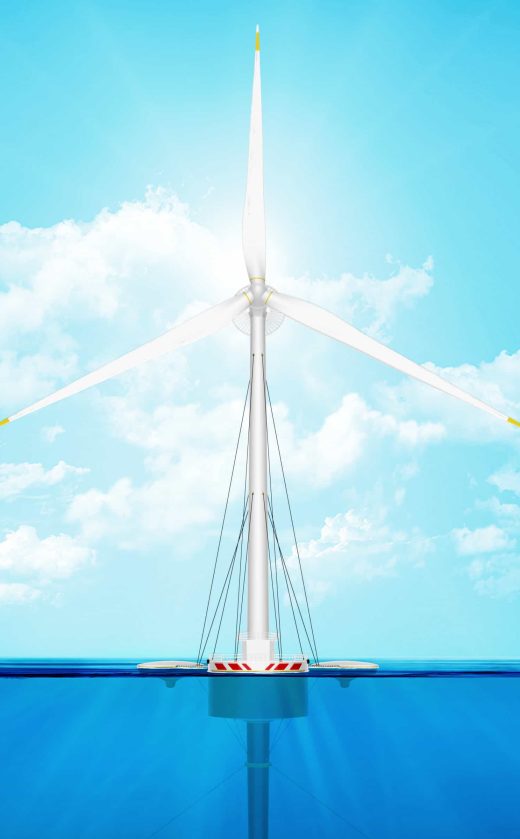
Bicarbonate droplets precipitate over an expansive area of the ocean, spread by winds and currents, avoiding local concentration of alkalinity. Reduced ocean acidity appears to benefit marine life, such as coral reefs, skeletal organisms, and shellfish.
The Ocean is the largest carbon sink on earth. Its carbon absorption capacity has diminished due to carbon emissions build-up in the atmosphere, which acidifies the ocean, and is harmful to marine life. Seawater acidity has increased 30% since the industrial use of fossil fuels.
Research indicates enhanced alkalinity can help marine life, such as plankton that serves as the basis of the ocean’s food and plays a major role in the biological carbon pump that locks away carbon over millions of years.
Precipitor testing, Ecomerit Lab, Matakana, N.Z.
The ocean, one of the largest carbon sinks on the planet, is losing capacity for carbon removal due to the buildup of airborne CO2.
Reducing surface layer acidity restores the natural capacity of the ocean to drawdown more CO2.
Use Natural
Elements
Double CO₂
Removal
Bicarbonate
Droplets
Mutually Reinforcing Features
Winds do the Work
Wind energy and seawater make the CO2 reactant. Airborne CO2, carried by the wind, continuously feeds into and mixes with the reactant plume forming bicarbonate droplets.
2-for-1 Advantage
Precipitating CO₂ from the atmosphere enables increased CO2 removal by the ocean at no added cost.
Buffering Ocean Acidity
Droplets fall over a vast area of the ocean and are carried by currents, avoiding point-source concentration.
Healthier Ocean
Reduced ocean acidity benefits marine life, such as coral reefs, skeletal organisms, and shellfish.
Pure Additionality
The CO2 removed is
100% additional, only occurring by operation of the Precipitor.
Sequestered for Good
Mimicking the natural carbon cycle, the CO2 removed from the atmosphere is permanently sequestered in the deep ocean.
Invitation to Partner
Humanity’s greatest challenge is deploying carbon removal systems fast enough to stem the rise in global heating.
Please join us on this critical mission.
Expanding Carbon Removal Capacity
Precipitor System can be mounted on a variety of marine structures, like offshore wind turbines, ships, and oil and gas platforms, offering thousands of potential sites around the world, and a solid base for a build-up to gigaton scale carbon removal capacity.
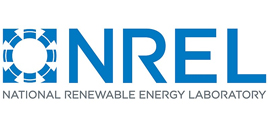



Ecomerit Technologies
The Ecomerit Lab was formed in 2010 to innovate and develop marine-based sustainability related technologies, pairing power applications with advanced power generation systems that include the Aquantis marine current turbine, Anacapa wave energy generator, and the CDR turbine platform.
CURRENT PROJECTS: MARINE POWER GENERATION
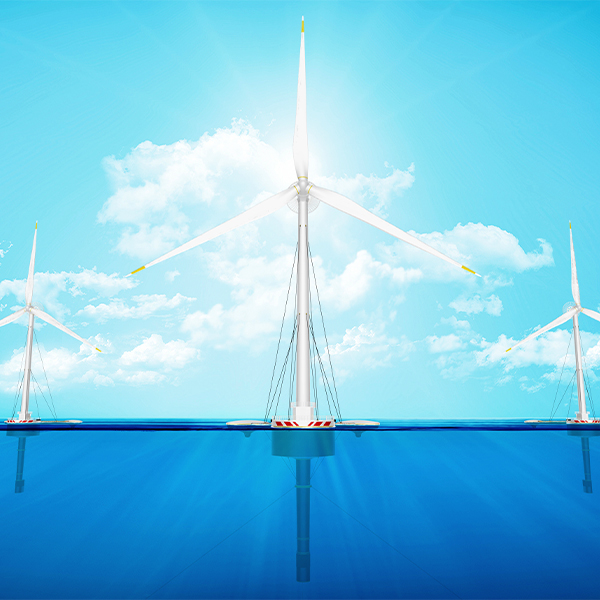
Floating Offshore Wind Turbine Platform
ECOMERIT
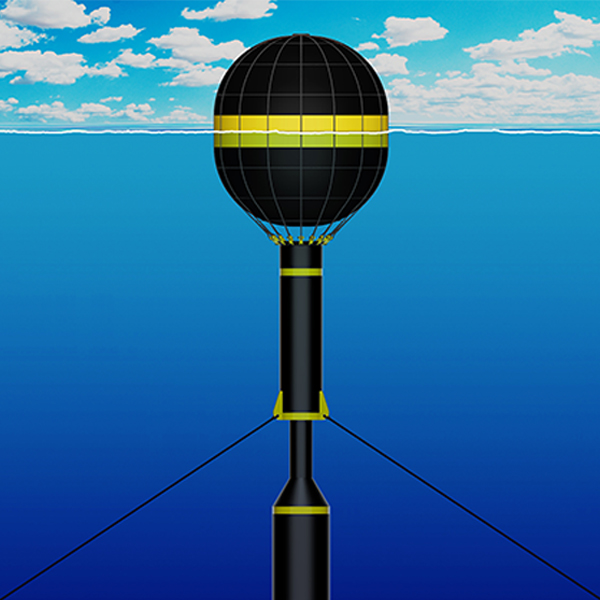
Wave Energy Generator
ANACAPA
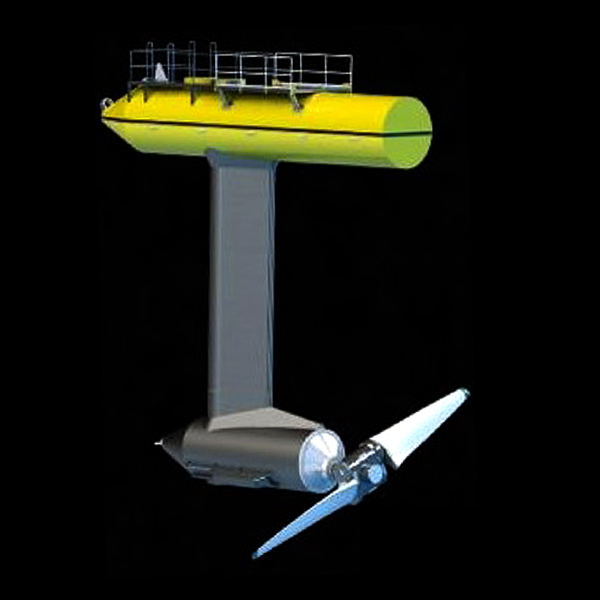
Marine Current Turbine
AQUANTIS
CURRENT PROJECTS: MARINE POWER APPLICATION
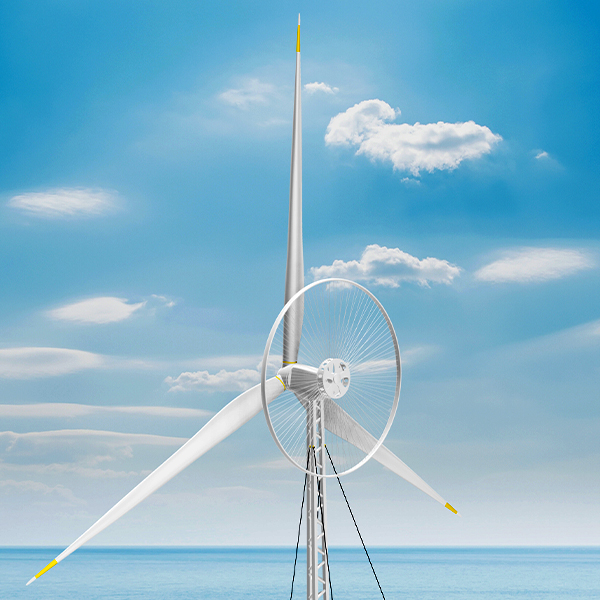
Carbon Dioxide Removal
CO₂ PRECIPITOR
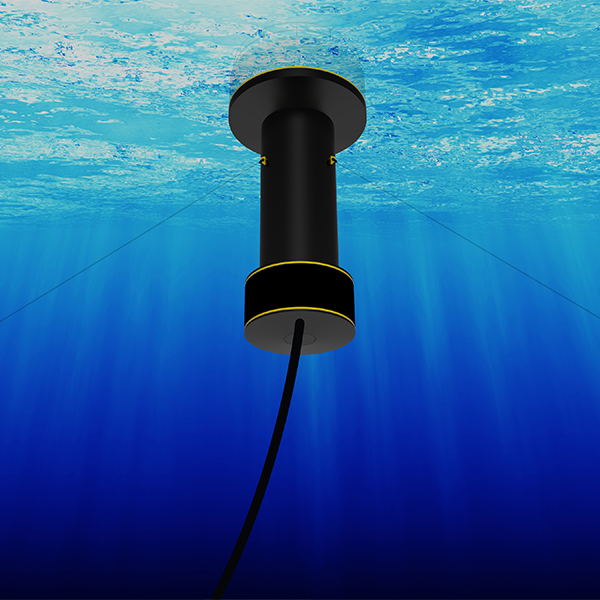
Desalination Buoy
SEAWELL
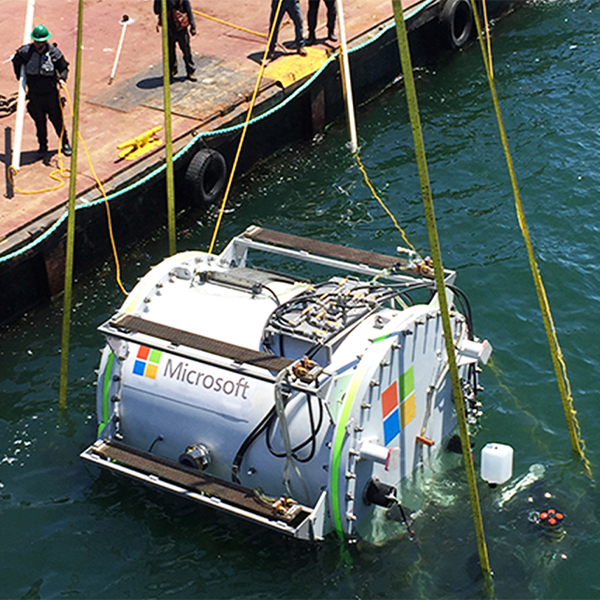
Marine Server Modules
DATA MARINE
LEGACY INNOVATIONS
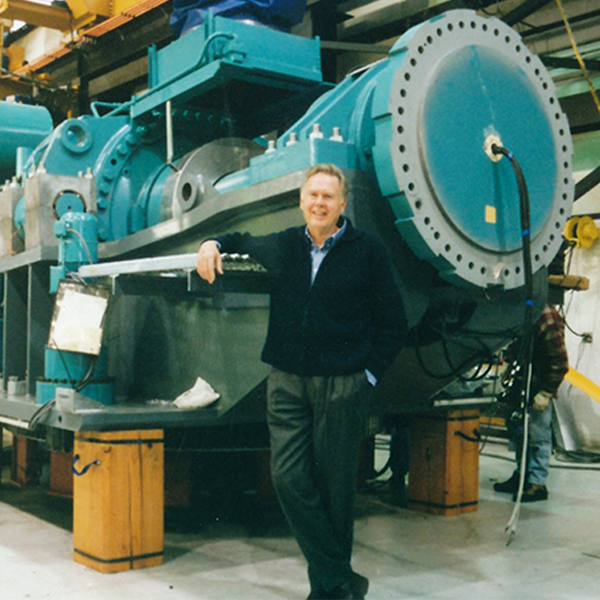
Wind Turbines and Projects
ZOND
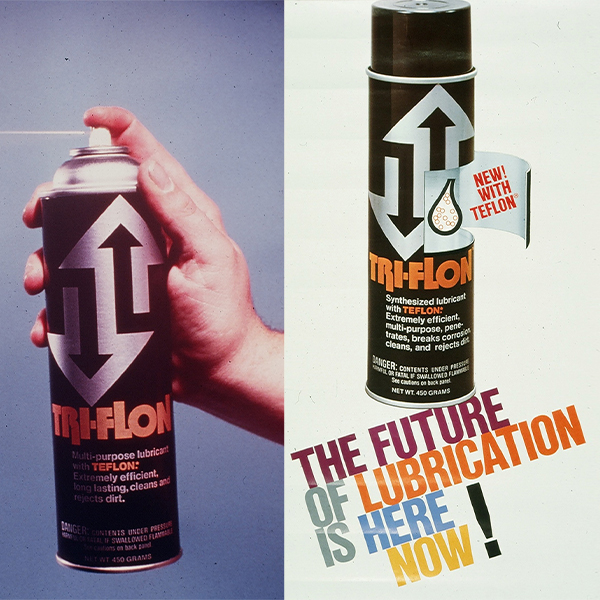
Multi-purpose Teflon Lubricant (Triflow)
TRIFLON
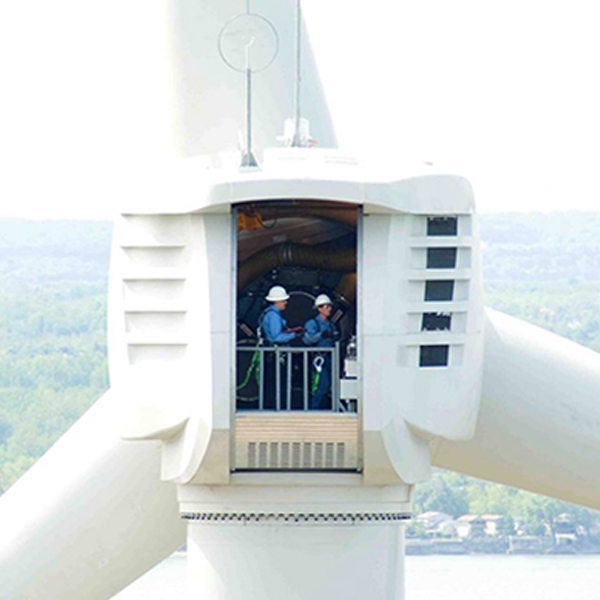
Land and Offshore Wind Turbines and Projects
CLIPPER
